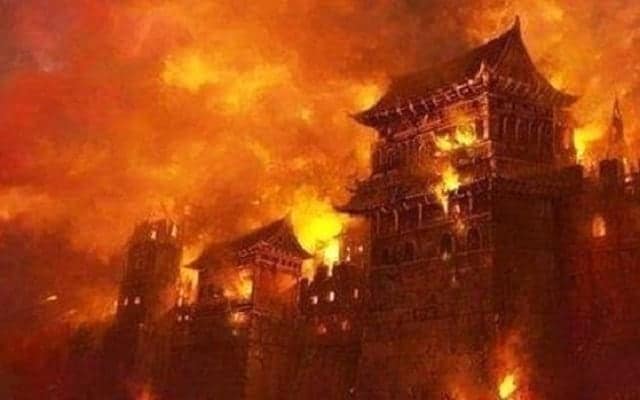A natural disaster such as a tsunami earthquake, volcano, or flood could kill hundreds of thousands or even millions. Those figures are eclipsed by humanity’s ability to harm itself with man-made disasters whose death tolls might reach into the tens of millions. Whether caused by mistake or malice, man-made disasters have few peers – a massive asteroid wiping out life on earth perhaps being a notable exception – when it comes to deadlines. Following are thirty-six things about some of history’s more notable man-made disasters.
36. An Explosion That Rocked Beijing and Changed China

Few industrial accidents were as major as the one that produced a calamitous disaster in 1626 that wiped out half a city, and killed around 20,000 people. It is known as the Great Tianqi Explosion after the Ming Dynasty Tianqi Emperor during whose reign it occurred, the Wanggongchang Explosion, the Wanggongchang Calamity, or the Beijing Explosive Incident in Late Ming.
It was a catastrophic explosion at the Wanggongchang Armory, about 2 miles from the Forbidden Palace in Beijing, that happened on the morning of May 30th, 1626. The blast was so loud that it was heard beyond the Great Wall, about 100 miles away, and produced a “mushroom-shaped” cloud that hung over southwest Beijing.

